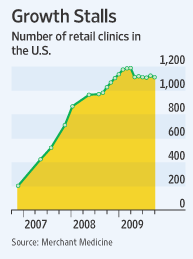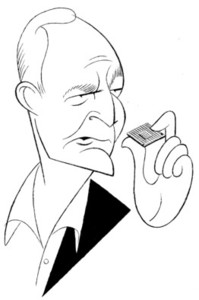“Higher existing-store sales powered Whole Foods earnings. Above, co-founder John Mackey juggles apples in a New York store last November.” Source of caption and photo: online version of the WSJ article quoted and cited below.
(p. B6) Whole Foods Market Inc. reported Wednesday that fiscal second-quarter profits had more than doubled and raised its full-year earnings forecast. The company also shook up its management team, naming a co-chief executive, though current CEO and co-founder John Mackey said he expects to work “for another decade or so.”
. . .
Mr. Mackey in December resigned as Whole Foods’ chairman after a year of controversy. Last summer, he wrote a controversial opinion article for The Wall Street Journal on his views of health care reform that led to boycotts of the natural grocer by some of his most loyal shoppers. Last spring, the Fair Trade Commission ordered the sale of 37 former Wild Oats Markets Inc. stores, a multi-year battle that Mr. Mackey says left him drained and influenced his decision to appoint Mr. Robb as co-CEO.
For the full story, see:
TIMOTHY W. MARTIN. “Profit Soars at Whole Foods; Grocery Chain Forecasts Sharply Higher Profit, Promotes Two Veteran Executives.” The Wall Street Journal (Thurs., MAY 13, 2010): B6.
(Note: ellipsis added.)
(Note: the first paragraph quoted above has slightly different wording in the online version than the print version; the second paragraph quoted is the same in both.)






